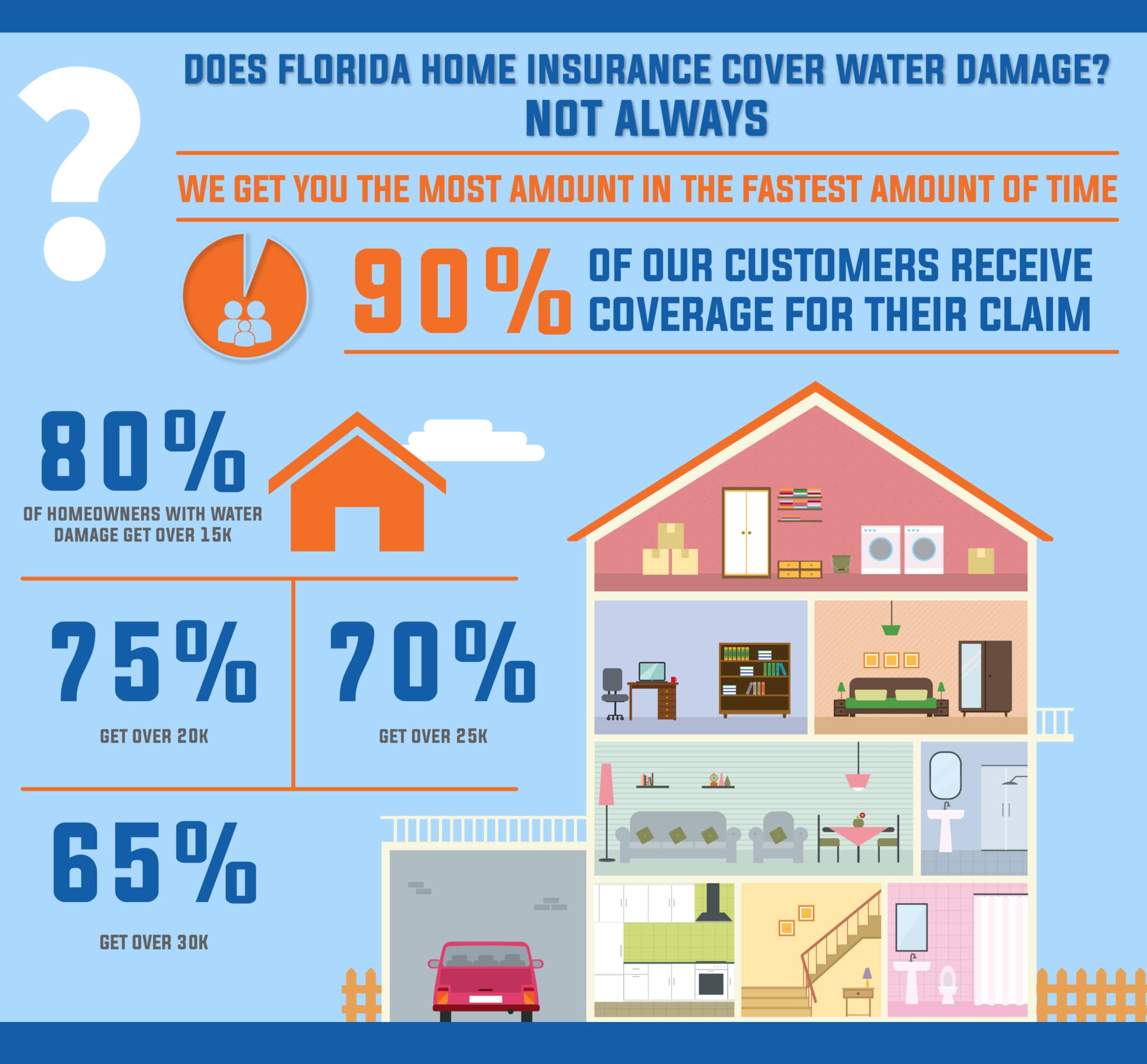Uncovering Roof Issues Early To Avoid Further Damages
Uncovering Roof Issues Early To Avoid Further Damages
Blog Article
Produced By-Rose Hjort
You could not recognize it, but your roof is quietly working against the components daily, and surprise issues can bring about substantial troubles if you don't catch them early. By performing regular evaluations and understanding what indications to try to find, you can shield your home from expensive repairs. Keep an eye out for missing out on shingles and those subtle dark places on your ceiling that might indicate leaks. However that's simply the start; understanding when to act and when to call an expert can make all the difference. What should you be looking for?
Common Indicators of Roofing System Damage
When you evaluate your roofing system, look carefully for usual indicators of damage that can bring about larger issues down the road.
Beginning by checking for missing out on or fractured tiles; these can permit water to seep in and trigger leakages. Pay attention to granule loss, which can indicate that tiles are aging and losing their protective layer.
Next off, take a look at the flashing around chimneys and vents. If you find rust or voids, water can easily enter your home.
Look for drooping locations on the roofing system, as this might indicate architectural damage or the buildup of moisture.
Do not neglect to look for moss or algae growth; while they may appear safe, they can trap wetness and increase degeneration.
Inspect the gutters for debris and indicators of water overflow, as this can suggest a blockage or improper water drainage.
Finally, keep an eye on your ceilings and walls for water spots or peeling paint, as these could be hints that your roof is dripping.
Addressing these signs without delay can aid you avoid extra substantial fixings and expand the lifespan of your roofing system.
Inspecting Your Roofing Consistently
Routine roofing system examinations are critical for keeping the integrity of your home. By keeping a close eye on your roof covering, you can capture problems early, conserving on your own time and money over time. Purpose to examine your roof a minimum of twice a year-- once in the spring and as soon as in the fall. This timing assists you address any kind of damage brought on by winter weather and plan for the forthcoming periods.
When checking, start from the ground. Use field glasses to check for missing shingles, split ceramic tiles, or any kind of indications of wear. Look for sagging areas or dark areas, which might indicate leakages. Don't fail to remember to inspect the gutters, as stopped up or damaged gutters can result in water build-up and roofing system damage.
If you fit, climb to the roofing to get a closer look. Take floor installation san antonio of flashing around chimneys and vents, as these areas are prone to leaks. Beware and ensure you have a safe method to access your roof.
Regular upkeep, like cleaning debris and moss, will additionally help lengthen your roof covering's life-span. Staying proactive regarding assessments can help you spot covert concerns prior to they escalate.
When to Call a Specialist
Usually, property owners think twice to call a specialist for roof covering problems, thinking they can take care of fixings themselves. However, knowing when to look for assistance can save you time, money, and stress. If you notice substantial leaks, comprehensive water damages, or dark areas on your ceilings, don't wait. These indicators may show severe hidden problems that call for expert interest.
If your roof is older than two decades, even small concerns can escalate promptly. Cracked shingles, missing out on tiles, or sagging areas are warnings that require an expert inspection.
Additionally, if rain gutter san antonio climbing onto your roofing system or do not have the necessary devices and experience, it's ideal to leave it to the pros.
When storm damages takes place, such as hail storm or high winds, it's vital to get an assessment from a qualified contractor. They can recognize surprise issues that might jeopardize your home's stability.
Finally, if you have actually tried repair work yet the trouble persists, do not be reluctant to call a professional. They'll bring the understanding and skills needed to guarantee your roofing is safe.
Conclusion
By staying vigilant and examining your roof covering on a regular basis, you can find hidden concerns before they rise. Watch out for usual indicators of damage, like cracked tiles or dark spots on your ceilings. If you discover anything worrying, do not hesitate to call a specialist. Taking these aggressive steps not only protects your home yet also conserves you from expensive repairs in the future. Bear in mind, a little upkeep now can go a long way in keeping your roofing in leading shape.
